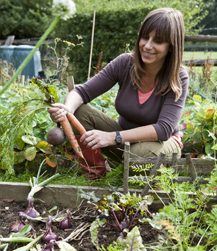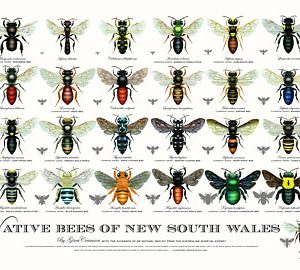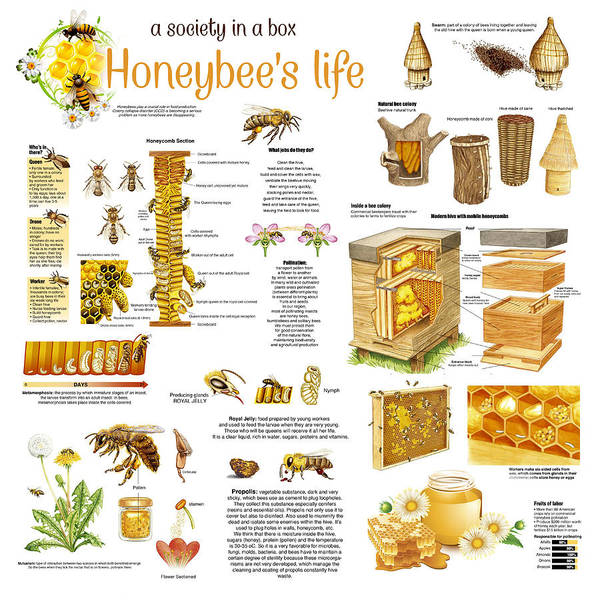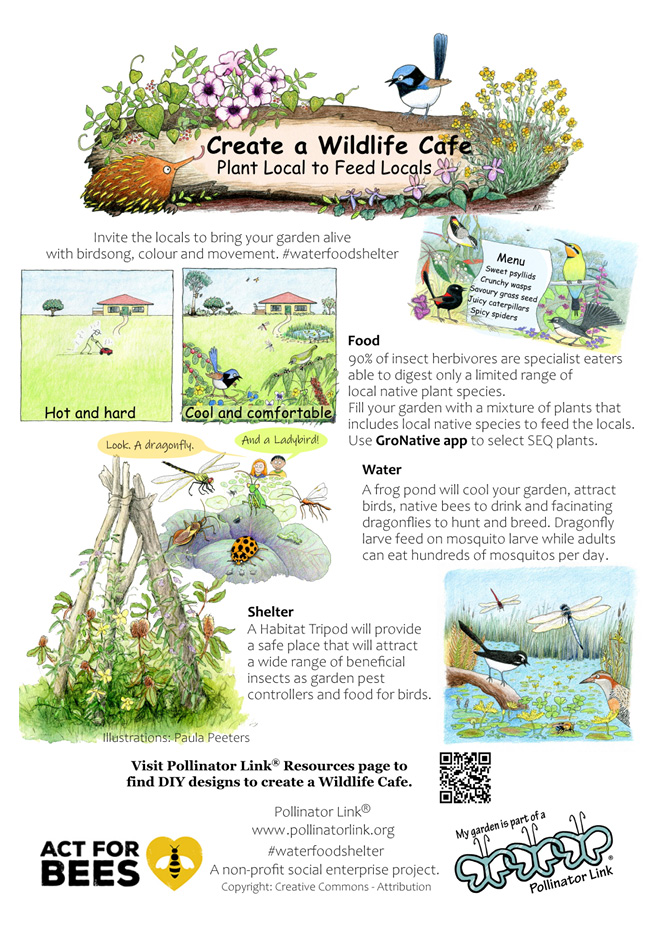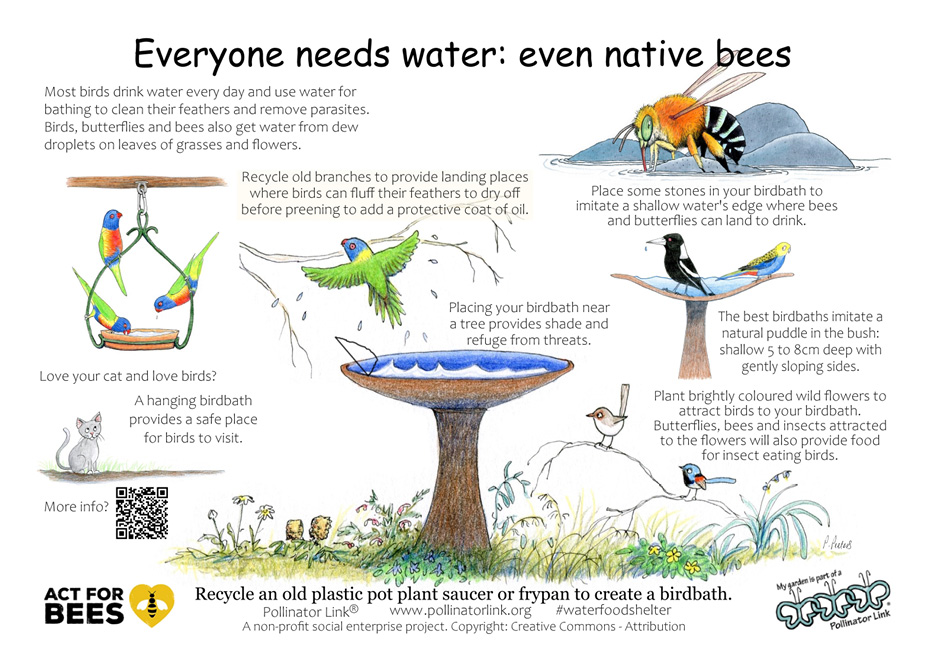Learn
HOW POLLINATORS UNDERPIN
FOOD SECURITY, BIODIVERSITY
AND HEALTHY ECOSYSTEMS
free to use and share
Educational resources for everyone
Educators
The Australian Curriculum aligned
“Love Food? Love Bees!”
units explore the importance of bees and enables students to take real and bee-friendly action in their community.
Students
Our Digital Libraries are perfect for remote learning and home schooling. These are all designed to entertain and inform at every turn.
The toolbox is divided into Early Learning, Primary and Secondary levels and is brilliant for projects, research and further learning.
Community
Useful resources to go about planting for pollinators. Ideal for Local Government, Sustainability Officers, Land Developers, Landscape Architects, Community Groups, Businesses and Individuals.
FOR EDUCATORS
Love Food? Love Seeds!
Cool.org Curriculum Resources
The Australian Curriculum aligned “Love Food? Love Bees!” units explore the importance of bees to enable students to take real and bee-friendly action in their community.
Love Food? Love Seeds! Early Learning is designed to help connect children to the wonders of the natural world through sensory and play-based learning.
Love Food? Love Bees! Years 5 & 6 supports students to inquire into the role of bees in the ecosystem and what makes them flourish as pollinators.
Love Food? Love Bees! Food Security and Sustainable Agriculture Years 9 & 10 supports students to inquire into the relationships between agriculture, food security and bees. Students develop an understanding of bees and how their role as pollinators is pivotal to human food production.
Click below for Curriculum Resources
FOR STUDENTS
Cool.org Curriculum Resources
Our Digital Libraries
You will find video clips, documentaries, images, articles, stories and news for each major topic. These are all designed to entertain and inform at every turn.
The toolbox is divided into Early Learning, Primary and Secondary levels and is brilliant for projects, research and further learning.
And best of all it’s ALL FREE!!. If you have any cool information for us to include please let us know. We love your ideas.
FOR THE COMMUNITY
Useful links & Resources
Planning Pollinator Corridors
The Planning for Pollinators in Urban Design Conference showed how pollinator planting is being done
at the Ginninderry Community Development in West Belconnen, Australian Capital Territory.
The Bees, Butterflies, Birds Conference held at the Australian National Botanic Gardens in Canberra shares on maximising biodiversity by supporting pollinators.
The links below will help guide you in planting for pollinators
Download the Urban Planting List
Australian Native Bees
Australia has around 2,000 species of native bees, important pollinators of Australian native vegetation and also crops.
The vast majority of Australia’s native bees are solitary species that build individual nests and don’t live in a large colony like the European honeybees.
A female mates with a male early in her life and then goes to create a burrow or find a small cavity or stem to lay her eggs that will develop into larvae and mature into bees. The survival of the species is dependent on the availability of suitable sites for nests and available food (flowers) for food.
Many native bees have a foraging distance of up to 500 metres, compared to a honeybees that can fly 10 kms.
Find out more about the amazing diversity of Australian native bees by visiting these websites:
• Planting & Creating Habitat to Attract Bees
• Investigating native bees - Year 5 & 6 curriculum-aligned units
Purchase beautiful bee works online
Posters and Planners
DIY Projects
The Pollinator Link® project aims to bring wildlife back to our urban by providing Water, Food and Shelter for birds, butterflies and bees. Your free garden registration will support our work with local councils as well as helping us influence plant nurseries to stock local native species.
Pollinator Link® is a non-profit initiative of Mt Gravatt Environment Group.


